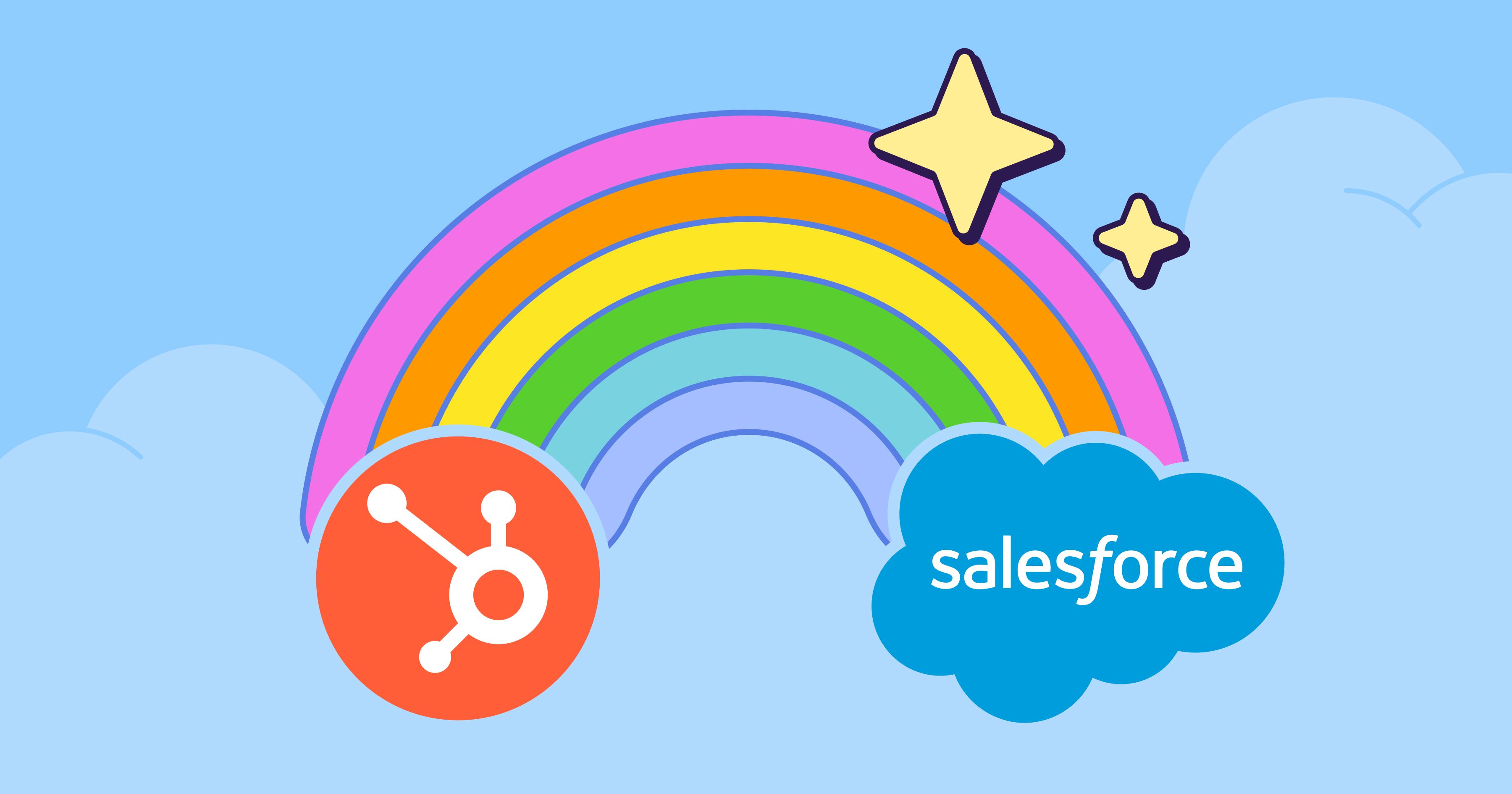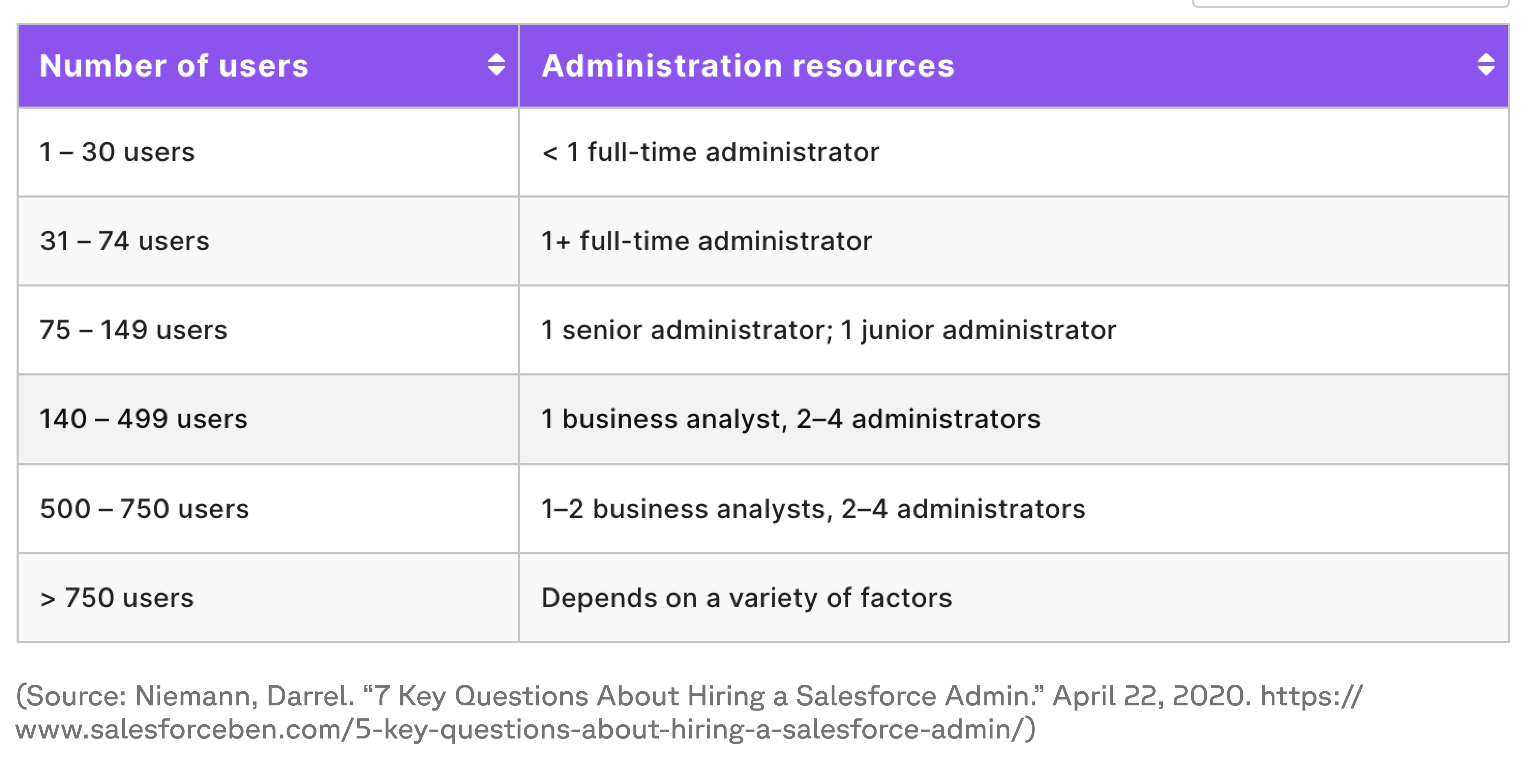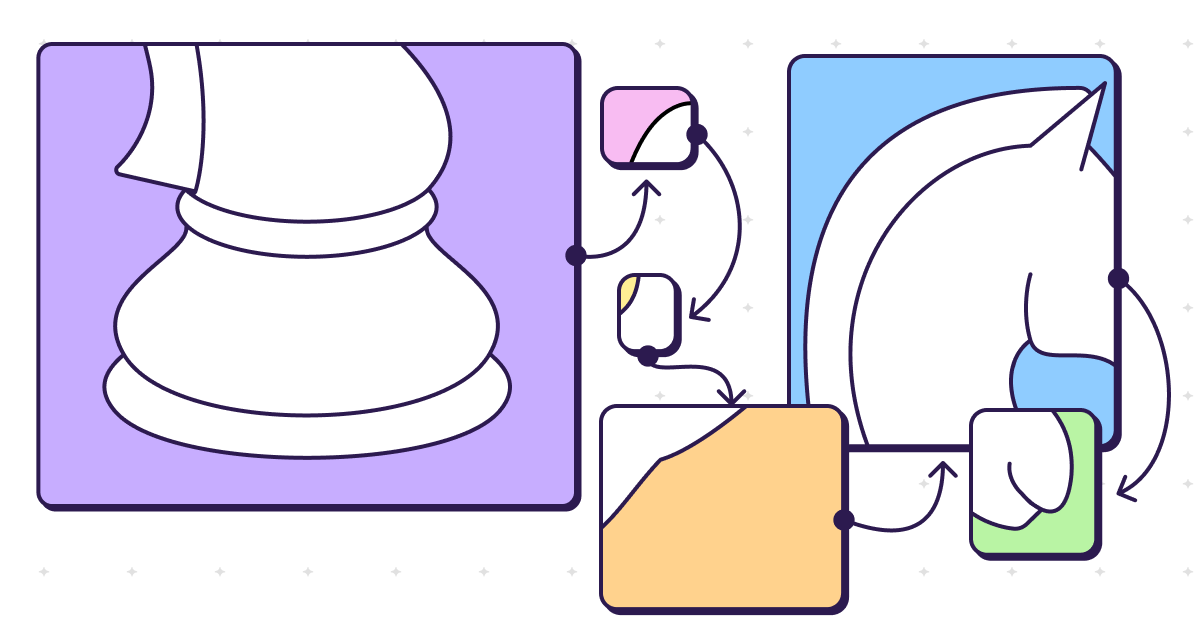
In the dynamic landscape of modern business operations, Salesforce remains a business-critical tool for managing customer relations and driving operational excellence and revenue growth. As the demands on the business change, so too does the landscape of Salesforce utilization. From the initial implementation of Salesforce to the ongoing challenges of scaling, customizing, and optimizing the business—companies must grapple with the question, who will own this?
Very often, Sales or Revenue Operations Leaders start off by owning the initial stages of Salesforce, getting it up and running and adding base-line customizations. There comes a point, however, where the demands of the platform become a full-time job. Thus, the question of, “Who will own this?” comes back to the fore. Whether the choice is part-time or full-time, in-house or outsourced, or adopting a software solution, there is no one-right answer to the question, and it depends on the constraints of your business. In this article, we delve into the strategies and emerging solutions to optimize Salesforce management.
Cut the Admin Some Slack
Salesforce Administrators are responsible for maintaining, optimizing, and customizing the Salesforce platform to meet the unique needs of a business. Their responsibilities include handling complex requests and business needs, reporting, implementing integrations to other systems and handling other GTM tools that touch Salesforce, making changes to the configuration (such as adding new fields or creating automations), troubleshooting and fixing bugs, ensuring data integrity, maintaining documentation, and user training. While these may seem like solely technical skills, getting them right is the foundation for business success, facilitating accurate forecasting, empowering the identification of revenue opportunities and gaps, as well as cost saving strategies.
Can Anyone be a Salesforce Admin?
Salesforce offers a Salesforce Certified Administrator exam in order to become officially certified. This exam can be self-taught through Salesforce’s Trailhead online learning platform. However, given the demand for the role, there are organizations that hire Salesforce Admins without a certification. For example, there are many organizations that assign the role of Salesforce Admin to Revenue Operations teams that have enough technical knowhow to configure the platform to the company’s needs.
Forecasting Business Needs with Salesforce
While companies typically start off their Salesforce journey focusing on leads and opportunities, very soon the platform grows in complexity. This can include adding different teams into the platform, such as support and service with case management; layering in multiple products and prices; integrating a wider tech stack through API connectors; and a growing demand for robust reporting and forecasting.
The level of time, financial investment, and technical expertise needed to maintain and grow the Salesforce platform will increase gradually, and a Salesforce Admin will oversee and enhance the alignment of the business with the platform. Depending on the business's stage, the Salesforce Admin role might fall under one of your team members as a part-time or even accidental admin and progress to building a team of admins and developers.
During the initial Salesforce implementation, companies often implement Salesforce either through makeshift configurations or with the assistance of consultants. However, as the system grows over time, these initial setups may require continuous maintenance and adjustments. At this stage, many companies apply ad-hoc solutions to Salesforce issues and lack customizations necessary to the business.
As a company grows and more users engage with the Salesforce platform, coupled with the need to integrate other systems into Salesforce, the demand for dedicated admin support becomes increasingly evident. This increase in demand is often accompanied by a set of common challenges, particularly when adapting to new requirements or implementing changes. These challenges may include increased user requests, system inefficiencies, integration complexities, data accuracy challenges, and customization challenges. Recognizing these challenges early on can prevent potential disruptions and ensure the continued smooth operation of the Salesforce platform.
When to hire full CRM-ployee?
Determining the right time to bring in a Salesforce Admin involves assessing factors such as the number of users, company growth plans, and budget considerations. In his article for Saleforce Ben, “7 Key Questions About Hiring a Salesforce Admin,” Darrel Niemann presents useful industry benchmarks for user-to-admin ratios to guide this decision-making process and help organizations strike the right balance.

Salesforce Admin Options
When considering admin support, companies face the choice between part-time and full-time, in-house and outsourced options. The decision between part-time and full-time administrators hinges on the intensity of the required tasks and the organization's commitment to Salesforce management. In-house admins offer faster response times, familiarity with the organization, and potentially lower costs if the workload justifies a full-time role. On the other hand, outsourcing provides access to a pool of expertise with varying response times and costs.
Designated Part-Time Salesforce Administrator:
- The designated part-time Salesforce administrator is typically a superuser with another primary role in the business but lacks extensive experience or certification. Employing a part-time administrator allows a company to access Salesforce expertise without the financial commitment of a full-time salary. This can be particularly advantageous for smaller businesses or those with intermittent Salesforce management needs, providing essential support while minimizing payroll expenses.
- While sharing responsibilities can reduce costs, it can undermine the individual's overall effectiveness. Stagnant usage, broken processes, and compromised data integrity are common issues as part-time administrators struggle to keep up with the platform's constant changes.
Full-Time Salesforce Administrator:
- Hiring a full-time certified Salesforce administrator provides dedicated expertise aligned with your business needs. Immediate access for training, support, and business process adjustments is a significant advantage.
- However, the high cost of a full-time administrator must be justified, ensuring optimal utilization of a full-time administrator's work.
Outsourcing Salesforce Administrator:
- Outsourcing Salesforce administration offers flexibility, ranging from part-time professionals to long-term partnerships with managed services firms. Benefits include shared knowledge, best practices, scalability, and integration capabilities.
- Consultancies can be costly and may create a dependency, limiting the development of in-house expertise. Outsourced consultants might not have an in-depth understanding of the specific nuances and intricacies of a particular business. This lack of contextual understanding can result in recommendations or solutions that are not well-aligned with the company's unique needs and goals.
Leveraging Salesforce Management Solutions
An emerging alternative to traditional admin hiring is the use of Salesforce management solutions like Sweep. Sweep empowers existing teams to make changes to their Salesforce configuration from our visual interface. This means that, with tools like Sweep, companies can delay the need to hire a dedicated admin as existing teams become more self-sufficient in managing and customizing their Salesforce instance. Additionally, RevOps teams can respond more quickly to changing business requirements and evolving processes by making adjustments to Salesforce configurations in a more agile manner.
This not only streamlines operations and enhances efficiency but also contributes to a more collaborative and cost-effective approach to Salesforce administration. Integrating Sweep also sets up a future Salesforce Admin to succeed and reduce their time-to-impact by providing up-to-date documentation of everything built in the environment.
Summary
The strategic timing of bringing in a Salesforce Admin is crucial for the long-term success of Salesforce utilization and optimization. Ultimately, there’s no one-size-fits all solution for when it comes to the timing of when to bring on a Salesforce Admin. But whether you are just beginning your Salesforce journey or looking to optimize an existing implementation, assessing your current usage and planning for future growth is paramount. As businesses navigate the business growth, user engagement, and technical complexities, recognizing the signs and making informed decisions about admin support can ensure a seamless and efficient Salesforce experience.









